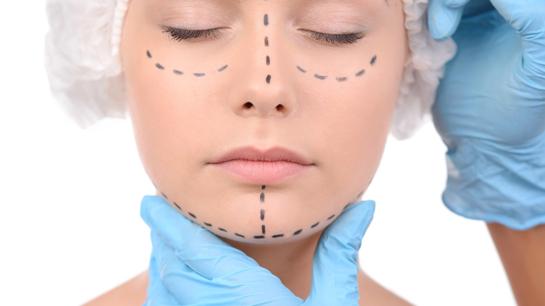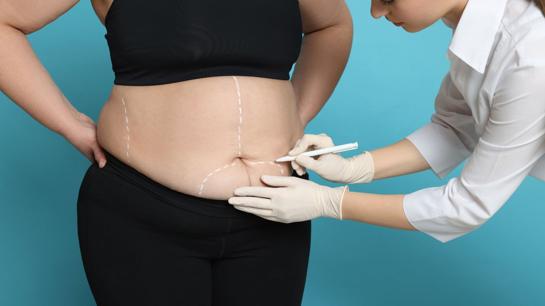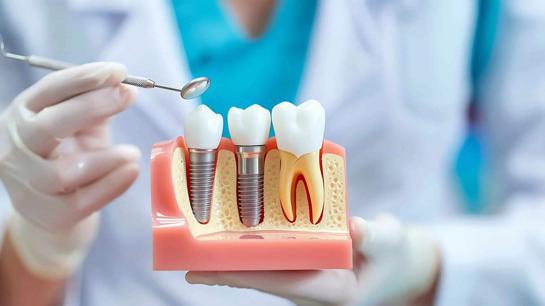Dental Crowns Abroad
Exploring dental crowns abroad? Learn how dental tourism clinics offer affordable, high-quality cosmetic dentistry overseas. A real guide to safe dental care abroad, from costs and process to what results you can expect.
Let’s be straight: nobody daydreams about overseas dental care until, well, life makes you. The local bill stings, maybe you’re tired of waiting, or someone you trust casually says, “Ever think about getting crowns abroad?” Next thing you know, you’re up late, toggling flight prices against the cost of another big molar fix. If any of that already sounds familiar, yeah—you’re definitely not alone.
This isn’t the smooth, too-perfect version. I’ll walk you through the why, the messy middle, odd moments, and real-world tips that stick—warts and all.
What Are Dental Crowns (and Why Go Abroad)?
First off: dental crowns are caps that cover a broken, cracked, misshapen, or decayed tooth—think: armor and camouflage in one. One crown can rescue a root canal survivor, strengthen a tooth so it finally chews without zinging pain, or just let you stop hiding your smile in photos.
Why go for crowns abroad? Two huge realities:
- Price. Sometimes you can get three or four crowns for the cost of one back home—no joke.
- Speed and attention. Those clinics overseas built their business on people exactly like you: not just locals, but an army of medical travelers looking for decent care that won’t eat their retirement.
You’ll hear about tech—ceramics, zirconia, digital shade-matching. Abroad, you might be surprised by just how high-tech and customer-centric some dental tourism clinics are. Others…well, it pays to check the photos twice.
Who Does This, Really?
Not “dental tourists.” Just regular people—midlife professionals, retirees, folks with a busted filling who decide one crown should become three. Sometimes it’s paired with a real vacation. More often, it’s a practical weekend when you finally can’t put it off.
A common thread? Everyone wants the same thing: trust that what goes into their mouth will last, look good, and hurt less than the bill at home.
The Unfiltered Risks and Complications
Nobody loves this section, but you’re here to plan, not daydream. Here’s what can go sideways:
- Sensitivity to bite, hot or cold. Totally normal for a week or two.
- Gum soreness: your gums just met a drill; give them some credit.
- The color is off? Annoying, but digital matching helps a ton. Still, tell your dentist right away.
- Sometimes crowns come loose (cement doesn’t last forever).
- If fit isn’t perfect…food sneaks in, decay can get under there. Years later, you might need a redo.
Rare? Sure, but it’s happened: allergic reaction to metal, nerve pain bad enough that you need a root canal after a “perfect” crown. These are all reasons to be picky about clinics—money’s only worth it when the craft matches.
How Prepping for Crowns Abroad Actually Plays Out
- They’ll want recent scans or X-rays—sometimes they’ll retake them regardless. Don’t argue, just roll with it.
- You’ll meet your dentist, maybe after getting off a bumpy overnight flight. Expect them to double-check everything, ask about meds, and then numb you up for prep.
- Tooth prepping isn’t glamorous; it is noisy and, thanks to anesthesia, mostly numb. Temporary crowns feel weird, like biting a soft pencil.
- Take pictures if you’re nervous about color or shape, or just as a “before.” It’s surprising how much you’ll forget.
- The lab bit—cutting, making, baking—takes between a day and a week. You might get to explore the city (bring soft food plans), or just watch TV in your cheap hotel in between appointments.
Fitting the Crown: Not Just Glue and Go
- Temp comes off, dentist dry fits your new crown—taps, pokes around, asks if you feel a “high spot.”
- Color gets checked in natural light (you might end up standing in front of a window with a mirror—don’t be shy).
- Bite paper is used—tap-tap, bite down, side to side. If it’s off, don’t pretend. Say so now, not next week.
- Once you nod, in goes the cement, and… it’s yours.
- You’ll leave with aftercare notes. These may be handed over in English that’s 90% clear but 10% mysterious. If you’re unsure, ask twice.
Recovery and Life After
- For a day? Numbness, maybe throbbing like you bit frozen soup. Most people eat cautiously, babying the crown. By day three, you forget which tooth it was—unless you hit cold drinks hard.
- There’s a weird adjustment phase: your tongue keeps searching for roughness. If it feels “off” for more than a few days (too high, hurts to bite), get it checked—bite problems just build over time.
- If you’re in a new city, you might find yourself planning meals around what you can chew. Soup, yogurt, fresh bread—cliché, but functional. By the end of the week? It’s just another tooth.
What Results to Actually Expect
- Looks: The whole point is for the crown to blend in, even in hotel bathroom selfies or at dinner with friends.
- Function: Chewing should feel “normal” fast. If not, minor tweaks go a long way.
- How long will it last? With good hygiene and a little luck, 7–15 years isn’t unusual. No dentist anywhere can guarantee more; grind your teeth, crunch ice, or go long enough without a cleaning, and you’ll need a new one sooner.
Alternatives Cheat Sheet
| Option | When/Why | Pros | Cons |
|---|---|---|---|
| Large Filling | Small/medium damage | Quick, less costly | Not for big breaks, not as durable |
| Veneer | Front tooth cosmetics | Looks great, minimal shaping | Not for major damage |
| Onlay/Inlay | Moderate damage, save more tooth | Strong, keeps more natural tooth | Nearly as pricey as a crown |
| Extraction + Implant/Bridge | Tooth can't be saved | Permanent, very strong | Costly, lengthy, involves surgery |
Why Crowns Abroad? Why Not Just “Wait and See”?
Let’s break it down:
- People go for cost: Three crowns abroad might be half the local bill for one.
- Speed and clarity: Many clinics do everything in a week—prep, scan, fit, done.
- Quality surprises: Some clinics abroad beat out neighborhood options on tech, esthetic results, and bedside manner.
- Privacy, if you want it: Less chit chat with coworkers or nosy neighbors.
- Sometimes, it’s just easier to get all your dental issues sorted at once.
FAQ: The Stuff Nobody Warns You About
- Is it going to hurt?
- You’ll feel pressure, not pain, most of the time. Numbness is your friend. Soreness after? Like a bruise, not a bee sting.
- How long do I have to stay?
- Crowns abroad need anywhere from three days to a week—more if you want thorough checks or extra work.
- When can I go home or get back to normal food?
- Most people eat soft food the day of, back to regular by next morning unless it’s a complex case or you’re sore.
- Does it really last as long as the brochures say?
- That’s up to you: hygiene and luck. Ten years is common, but nothing’s forever in dentistry.
- Is it as safe as at home?
- If you pick an experienced, transparent clinic (ask to see pictures, real before/after cases, proof of modern labs), yes. If it feels too cheap or too rushed—run.
Wrapping Up
Getting dental crowns abroad isn’t an adventure—it’s more like practical repair work on yourself, squeezed between foreign meals and Google Maps. You’ll have nerves, sure, and might roll your eyes at weird hotel pillows or translated aftercare sheets.
But when it’s done, and you can chew, talk, and laugh without worrying which tooth is about to go—yeah, it’s worth the hassle for so many. And you prove, once again, that commonsense self-care can take you exactly where you need to go—even if that’s halfway around the world.





















